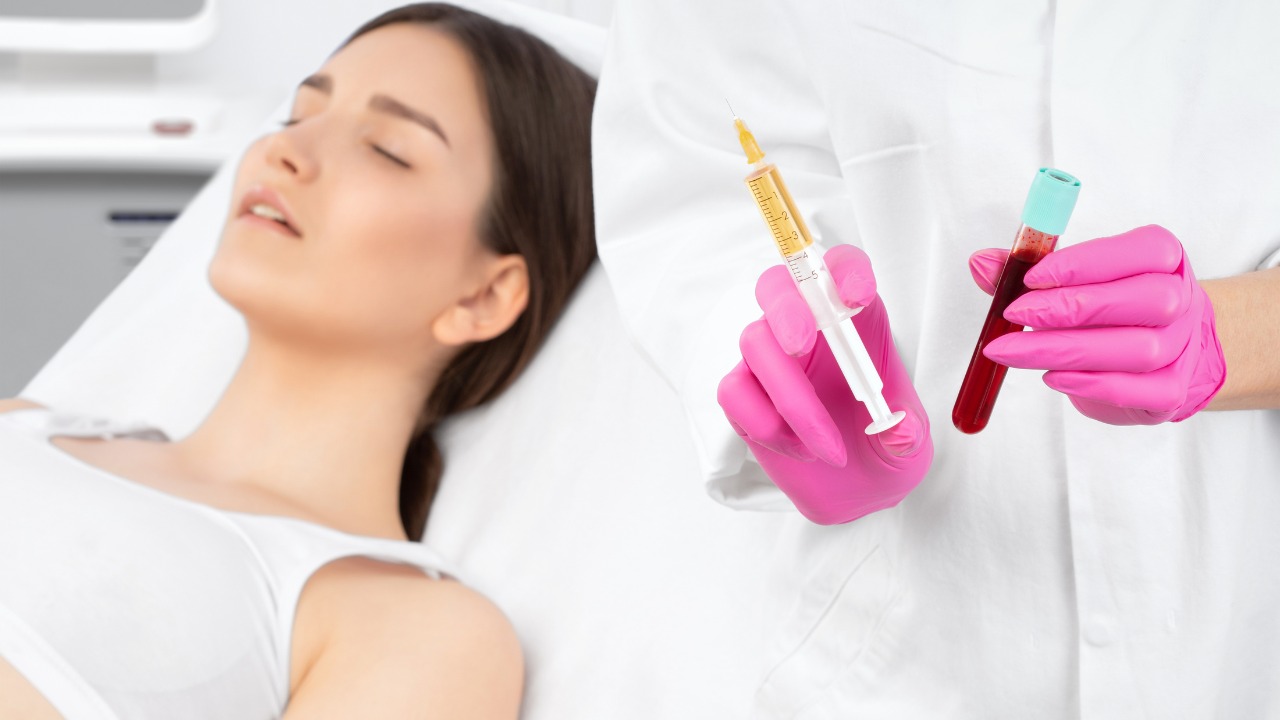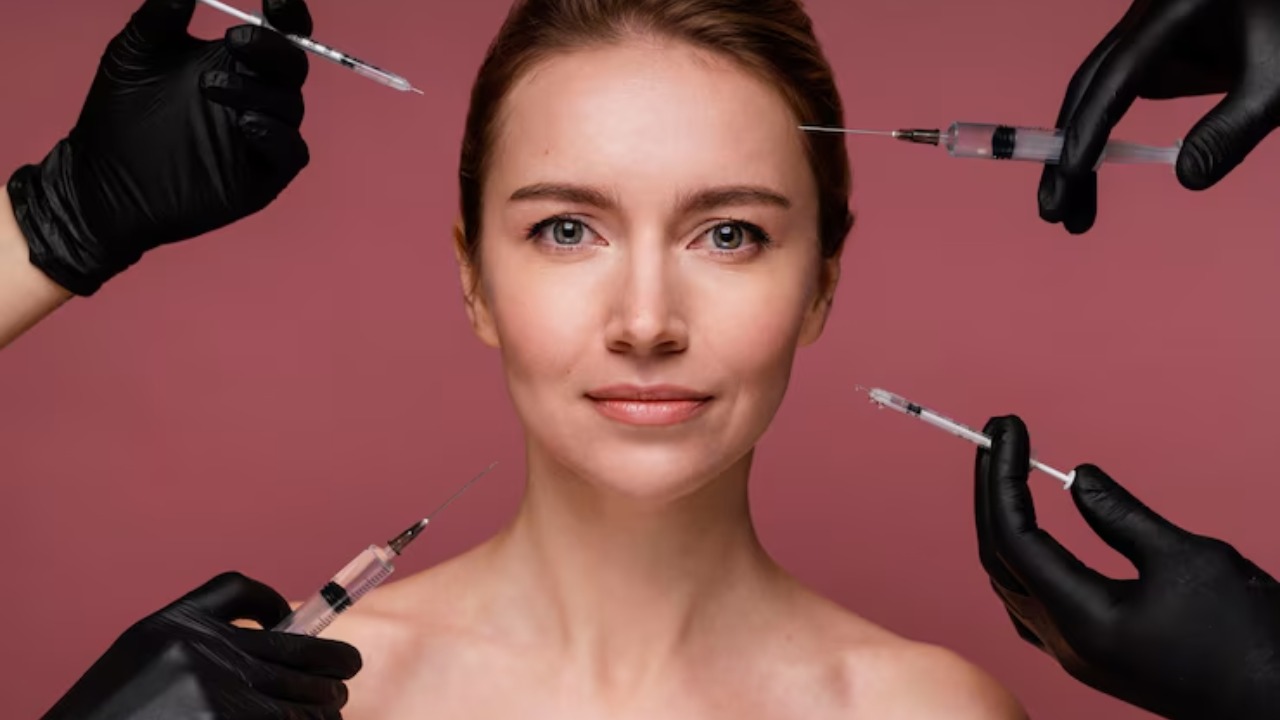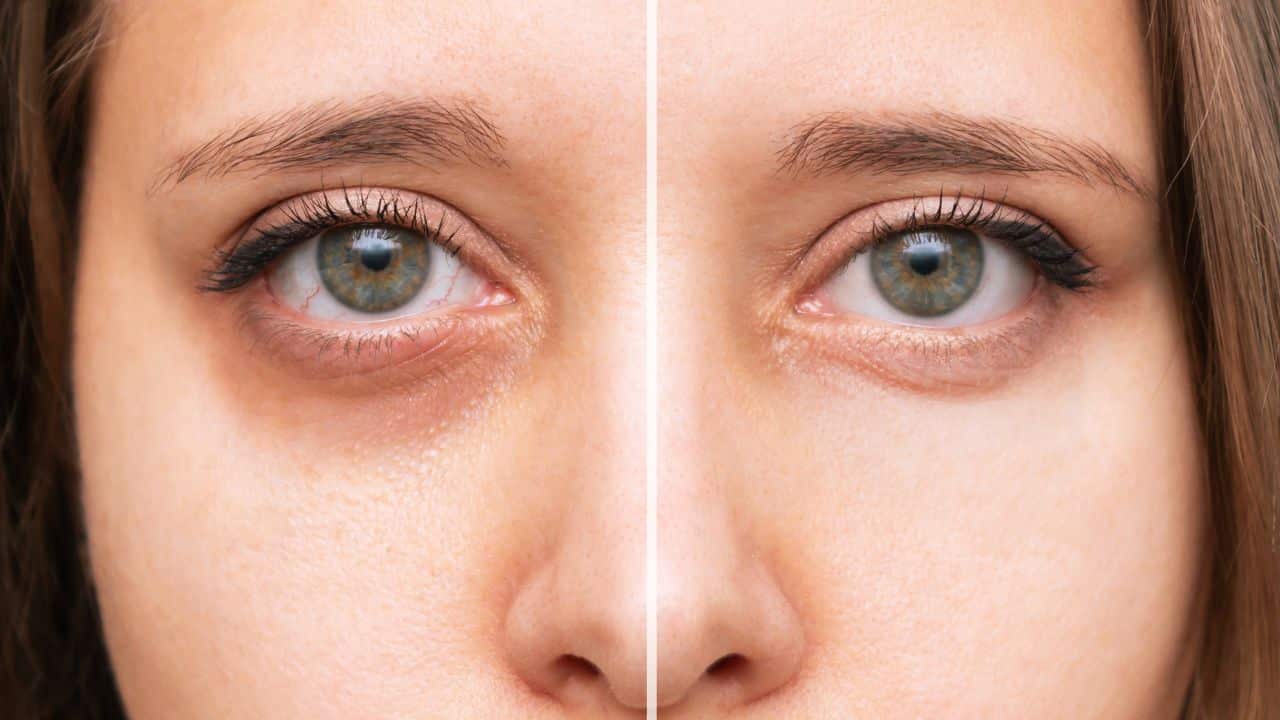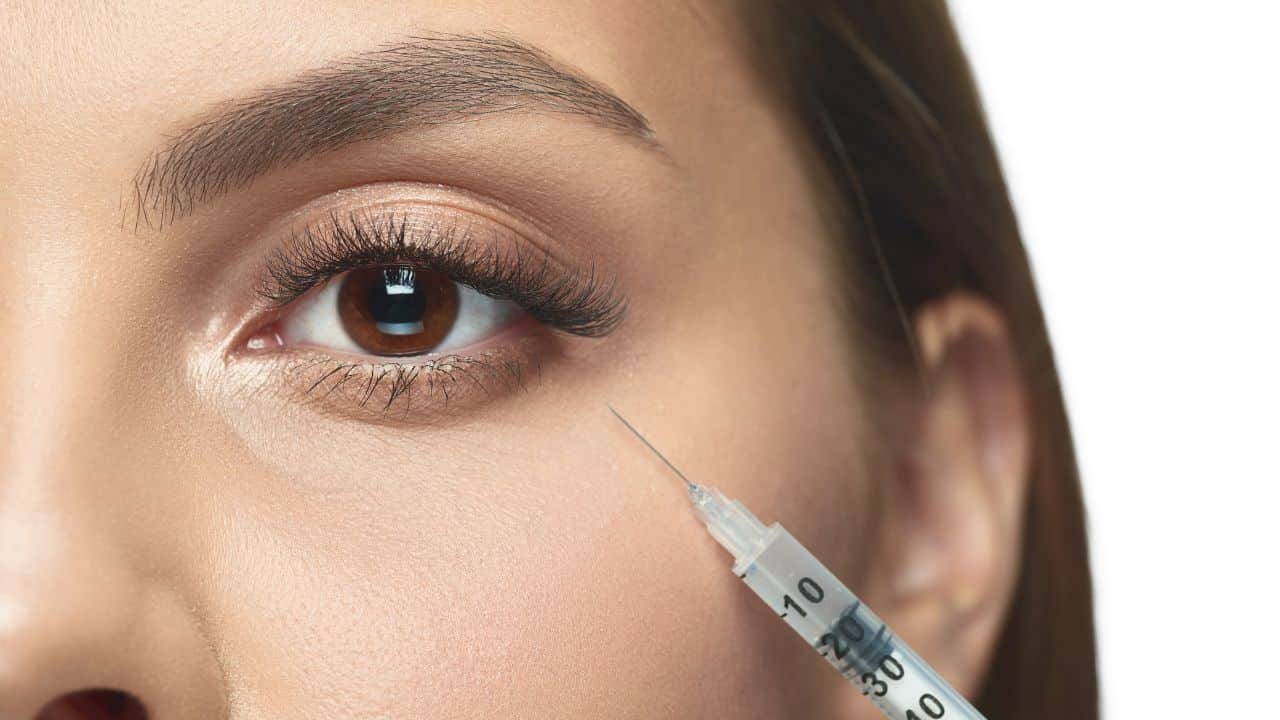PRP (Platelet-Rich Plasma) therapy has gained attention for its remarkable healing capabilities, from restoring joint function to reviving the skin and encouraging hair growth.
But let’s face it: The idea of getting injections raises one major question: Does it hurt? This blog will explain the reality of PRP injections and compare them to other treatments you might consider.
We’ll also explore the sensation experienced during PRP therapy and how it stacks up against alternatives in terms of discomfort and outcomes.
If you’re weighing your options and wondering about the best path for your health and wellness, you’re in the right place. Let’s demystify PRP injections together.
Do PRP Injections Hurt? Pain Levels in PRP Therapy
Understanding patient experiences and managing expectations around pain levels during medical procedures is crucial, especially for treatments like Platelet-Rich Plasma (PRP) therapy.
Lauded for its efficacy in treating various conditions, PRP therapy involves injecting a concentration of a patient’s platelets to accelerate the healing of injured tendons, ligaments, muscles, and joints.
Here, we explore what patients typically expect regarding discomfort during and after PRP injections and the strategies employed to minimize this discomfort.
Patient Experiences
- During the Procedure: PRP therapy begins with drawing a small amount of the patient’s blood, similar to a routine, well-tolerated blood test. The discomfort experienced during the PRP injection can vary from patient to patient and depends on the treatment area. Patients might feel a brief, sharp pain or pressure in areas with more sensitivity as the needle penetrates the skin and tissue. The sensation is often described as brief and manageable.
- After the Procedure: Post-injection, it’s common for patients to experience a range of sensations at the injection site, including tenderness, swelling, or even a mild ache. These sensations are typically mild and are a part of the healing process initiated by the PRP therapy. Most patients report that these sensations subside within a few days to a week after the treatment. It’s important to note that individual experiences can vary; some patients may feel more discomfort than others.
Pain Management Strategies
Recognizing that patients’ comfort is paramount, PRP therapy clinics employ pain management strategies to ensure the procedure is as tolerable as possible.
- Topical Numbing Agents: Before the PRP injection, a topical anesthetic cream may be applied to the skin over the treatment area. This cream helps numb the skin’s surface, reducing the sensation felt when administering the injection.
- Local Anesthesia: In addition to topical agents, local anesthesia can more effectively minimize pain. A local anesthetic may be mixed with the PRP solution or injected into the treatment area before the PRP injection. This significantly reduces discomfort during the procedure, making it virtually painless for most patients.
- Ice and Cooling: Applying ice or a cold pack to the treatment area immediately after the procedure can help reduce swelling and numb the area, decreasing post-procedure discomfort.
- Patient Preparation and Aftercare Instructions: Clinics often provide patients with detailed pre-procedure guidelines and aftercare instructions to minimize discomfort and promote healing. These instructions include recommendations for over-the-counter pain relievers and advice on activities or movements to avoid temporarily after the injection.
- Open Communication: One of the most critical strategies involves open communication between the healthcare provider and the patient. By setting realistic expectations and providing reassurance, medical professionals can significantly ease patient anxiety and discomfort related to the procedure.
Comparing PRP to Alternative Treatments
As patients navigate the landscape of medical treatments for joint pain, skin rejuvenation, and hair loss, understanding how Platelet-Rich Plasma (PRP) therapy compares to other options is crucial.
Let’s compare PRP with corticosteroid injections for joint pain, hyaluronic acid injections for skin rejuvenation, and surgical options for hair restoration, focusing on efficacy, discomfort, and potential side effects.
Corticosteroid Injections for Joint Pain
- Use and Efficacy: Corticosteroid injections are commonly used to reduce inflammation and alleviate joint pain. They can provide rapid relief for conditions like arthritis or tendinitis. PRP therapy, by contrast, aims to promote long-term healing by encouraging the regeneration of damaged tissue, which can lead to sustained pain relief and improved joint function over time.
- Pain Levels and Side Effects: Patients may experience immediate but temporary discomfort from corticosteroid injections, similar to PRP. However, corticosteroids can lead to potential side effects like weakening of the surrounding tissue, potential infection, and increased blood sugar levels. PRP therapy, utilizing the patient’s blood, typically has a lower risk of adverse reactions. The pain associated with PRP injections is generally considered manageable and short-lived, with minimal long-term side effects.
Hyaluronic Acid Injections for Skin Rejuvenation
- Use and Efficacy: Hyaluronic acid injections are a popular treatment for adding volume and reducing wrinkles in the skin. They work by immediately plumping the area, with results that can last several months. PRP therapy, used for similar cosmetic purposes, stimulates the body’s natural collagen production over time, potentially offering more durable skin texture and tone improvements.
- Discomfort Comparison: Both treatments involve injections, so discomfort is common during the procedure. However, the pain is typically minimal for both and can be managed with topical numbing agents. Patients might prefer PRP for its natural approach and potential to improve skin health beyond just filling in lines.
Surgical Options for Hair Restoration
- Invasiveness and Pain Levels: Surgical hair restoration, such as hair transplant surgery, is significantly more invasive than PRP injections. Surgery involves removing hair follicles from one part of the scalp and transplanting them to the balding areas, requiring local anesthesia and potentially sedation. The procedure can result in post-operative pain and requires a recovery period, during which patients may experience discomfort and swelling.
- Recovery Times: Compared to other treatments, PRP therapy for hair loss involves minimal downtime, with patients often returning to their daily activities immediately. The discomfort associated with PRP injections in the scalp is usually brief, and any mild soreness typically resolves within a few days without significant post-treatment downtime.
PRP stands out for its holistic approach to healing and rejuvenation compared to corticosteroid injections for joint pain, hyaluronic acid injections for skin rejuvenation, and surgical options for hair restoration. It promotes the body’s natural repair processes with fewer side effects, less discomfort, and minimal downtime.
While treatment choice depends on individual patient needs, goals, and conditions, PRP therapy offers a compelling option for those seeking effective, less invasive treatments across various medical and cosmetic concerns.
Efficacy of PRP Therapy Compared to Alternatives
The effectiveness of medical treatments is a paramount concern for both patients and healthcare providers. Platelet-Rich Plasma (PRP) therapy has emerged as a notable contender, especially compared to traditional and alternative treatments for various conditions.
Clinical Outcomes
- Joint Pain and Osteoarthritis: Studies comparing PRP therapy with corticosteroid injections in treating joint pain, particularly knee osteoarthritis, have shown promising results. A systematic review and meta-analysis published in the journal “Arthroscopy” found that patients receiving PRP injections reported improved pain scores and functional outcomes over those receiving corticosteroid injections, especially noted after 6 months to a year post-treatment. This suggests PRP’s superior long-term effectiveness in managing osteoarthritis symptoms.
- Skin Rejuvenation: When comparing PRP with hyaluronic acid (HA) injections for facial rejuvenation, research indicates that both treatments effectively improve skin texture and reduce wrinkles. However, PRP has the advantage of stimulating natural collagen production, offering more durable results over time. A study in the “Journal of Cosmetic Dermatology” highlighted that participants treated with PRP showed continued improvement in skin elasticity and hydration levels, suggesting sustained benefits from PRP’s regenerative properties.
- Hair Loss: In treating androgenetic alopecia, PRP therapy has been compared with minoxidil (Rogaine) and finasteride (Propecia), two commonly prescribed medications for hair loss. Research published in “Stem Cells Translational Medicine” demonstrated that PRP helps halt hair loss and promotes new hair growth, often surpassing the medications’ results. The natural growth factors present in PRP are believed to stimulate dormant hair follicles, leading to noticeable hair regrowth.
Long-term Benefits
One of the most compelling aspects of PRP therapy is its potential for long-term benefits with minimal side effects, largely attributed to its natural, regenerative approach. Unlike many alternative treatments offering temporary relief or superficial improvements, PRP enhances the body’s healing mechanisms.
- Reduced Risk of Side Effects: Being derived from the patient’s blood, PRP significantly reduces the risk of allergic reactions or infections compared to synthetic substances or drugs. This autologous nature of PRP also mitigates long-term adverse effects, making it a safer option for many patients.
- Sustained Healing and Regeneration: PRP therapy’s efficacy extends beyond symptomatic relief. By delivering a high concentration of growth factors directly to the injured or affected area, PRP therapy facilitates natural tissue repair and regeneration. This addresses the underlying cause of symptoms and promotes healthier, more resilient tissue over time. For instance, in osteoarthritis, PRP can help improve joint function and slow down the degeneration process, offering patients a better quality of life in the long run.
- Versatility and Customization: The application of PRP therapy can be tailored to meet the specific needs of individual patients, further enhancing its efficacy. This personalized approach ensures that the treatment is as effective as possible, addressing the particularities of each case.
Overview of PRP Therapy

Platelet-rich plasma (PRP) therapy has emerged as a cutting-edge treatment within the medical community. Harnessing the body’s natural healing processes offers promising outcomes for various conditions.
What is PRP Therapy?
PRP therapy involves using a patient’s blood components to accelerate healing in injured tissues, promote regeneration, and alleviate symptoms associated with certain medical conditions.
The process begins with drawing a small sample of the patient’s blood, similar to a routine blood test procedure. This sample is then placed in a centrifuge, spinning at high speeds to separate the blood into different layers based on density. Through this process, the platelet-rich plasma is isolated and concentrated.
The resulting PRP solution, rich in growth factors and platelets, is then injected into the targeted area, whether it’s an injured joint, a balding scalp, or a skin area that needs rejuvenation.
Mechanism of Action
At the cellular level, PRP therapy utilizes the healing and regenerative properties inherent in the patient’s blood. Platelets, a key component of PRP, are crucial for blood clotting and contain various growth factors.
These growth factors play a significant role in the healing process by attracting reparative cells, stimulating tissue regeneration, and fostering an environment conducive to healing.
When injected into the site of injury or degeneration, PRP releases these growth factors, initiating a cascade of healing responses. This includes the recruitment of stem cells to the area, the proliferation of cells necessary for tissue repair, and the formation of new blood vessels, a process known as angiogenesis.
Through these mechanisms, PRP therapy promotes the restoration of damaged tissues, enhances healing, and mitigates inflammation, tapping into the body’s innate ability to heal itself.
Conditions Treated with PRP
The versatility of PRP therapy lies in its broad applicability across a range of conditions, including but not limited to:
- Osteoarthritis: By injecting PRP into affected joints, patients can experience relief from pain and improved joint function, as PRP aids cartilage regeneration and reduces inflammation.
- Tendinitis: Conditions like tennis elbow or jumper’s knee, where tendons are inflamed, can benefit from PRP’s healing properties. It offers pain relief and aids in the recovery of tendon integrity.
- Hair Loss: PRP therapy has shown promise in treating androgenetic alopecia (male and female pattern baldness) by stimulating dormant hair follicles, promoting hair growth, and increasing hair thickness.
- Skin Aging: Utilized in aesthetic medicine, PRP can enhance skin texture, elasticity, and overall appearance by promoting collagen production and skin regeneration, leading to a more youthful and revitalized complexion.
Advantages of PRP Therapy
Platelet-Rich Plasma (PRP) therapy has rapidly emerged as a leading treatment in regenerative medicine. It offers a unique blend of natural healing processes and minimal invasiveness.
This innovative treatment harnesses the body’s healing mechanisms, presenting a compelling alternative to traditional interventions across various medical disciplines.
Below, we delve into the core advantages of PRP therapy, highlighting its natural composition and holistic healing approach.
Natural and Minimally Invasive
- Harnessing the Body’s Healing Powers: One of the most significant benefits of PRP therapy is its utilization of the patient’s blood. By concentrating platelets—components of the blood rich in growth factors—PRP therapy injects these potent healing elements directly into the affected area. This process significantly minimizes the risk of allergic reactions and infections with foreign substances or donor materials.
- Minimally Invasive Procedure: Compared to surgical interventions, PRP therapy is remarkably less invasive. The procedure involves drawing a small amount of blood from the patient, similar to a routine blood test, followed by centrifugation to isolate the platelet-rich plasma. The concentrated PRP is injected into the targeted area, facilitating healing and regeneration with minimal discomfort and downtime. This approach is particularly appealing for patients seeking effective treatments without the risks and recovery time associated with surgery.
- Safety Profile: PRP therapy’s autologous nature—using substances derived from the patient’s body—greatly enhances its safety profile. Unlike treatments that involve synthetic chemicals or surgical implants, PRP therapy reduces the potential for adverse reactions, making it a safe option for a wide range of patients.
Holistic Healing
- Targeting the Root Cause: Beyond merely addressing symptoms, PRP therapy aims to promote the root cause of conditions. Whether it’s facilitating the regeneration of damaged cartilage in osteoarthritis, stimulating hair follicles in hair loss cases, or enhancing collagen production for skin rejuvenation, PRP therapy works by initiating natural repair processes at the cellular level. This holistic approach provides symptomatic relief and contributes to the long-term health and functionality of the treated tissues.
- Comprehensive Treatment: PRP therapy’s ability to support and accelerate the body’s natural healing response makes it versatile in treating various conditions. By promoting the regeneration of healthy tissue and reducing inflammation, PRP therapy offers comprehensive benefits that extend beyond the immediate treatment area. Its application in orthopedics, dermatology, and trichology, among other fields, underscores its potential to provide holistic healing and improve overall well-being.
- Enhanced Quality of Life: The long-term benefits of PRP therapy, including improved function and reduced pain, can significantly enhance patients’ quality of life. By addressing underlying health issues with a natural, regenerative approach, patients can enjoy sustained improvements and a return to activities previously limited by their conditions.
Final Words
PRP injections stand out as a powerful option that merges natural healing with manageable discomfort, often proving less invasive than many alternatives.
For those in LA looking to explore the benefits of PRP therapy with minimal discomfort, PRP Therapy Clinic LA, under the expert guidance of Dr. David Nazarian, offers the latest in safe and innovative PRP treatments.
Dive into a world where healing doesn’t have to be painful. Discover your path to rejuvenation and recovery with confidence at PRP Therapy Clinic LA.





